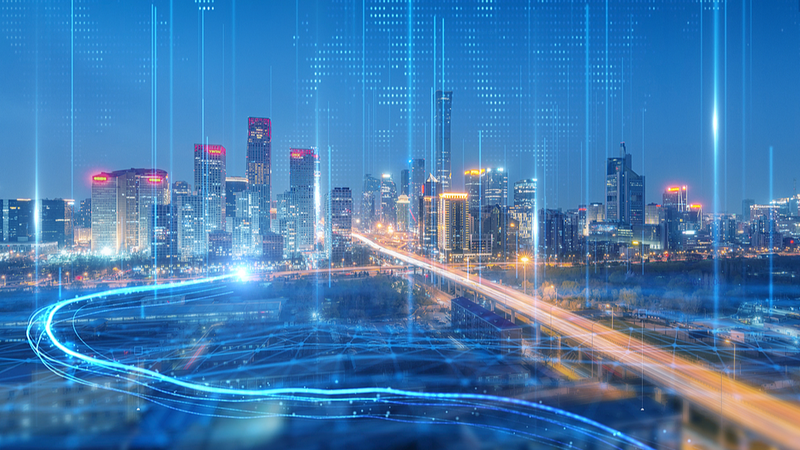Every October 31, World Cities Day turns a global spotlight on urbanization's challenges and opportunities. This year’s theme—people-centered smart cities—asks a crucial question: how can digital technologies serve residents better?
On the national stage, the Chinese mainland’s 14th Five-Year Plan (2021–2025) has clear objectives: accelerate the digital economy, expand information network infrastructure, and build a national big-data center system. The Ministry of Housing and Urban-Rural Development also champions a new-type smart city, rolling out evaluation indexes and integrating urban information modeling platforms.
In Beijing, an integrated City Operation Management Center links real-time data from transport, utilities, and emergency systems. This fusion supports precise traffic dispatching, rapid crisis response, and seamless public services. Meanwhile, unified electronic medical records and AI-assisted diagnostics are reshaping public health, and smart energy grids at hubs like Beijing Daxing International Airport cut carbon emissions.
To the south, Hangzhou’s tech-driven City Brain platform uses AI and live data to smooth traffic, optimize emergency services, and streamline urban operations. And in Shenzhen, IoT networks, cloud infrastructure, and industrial applications have transformed the city into a living lab for smart-city innovation.
Beyond its borders, the Chinese mainland is exporting smart-city solutions through the Belt and Road Initiative. Firms from the region are collaborating on overseas projects and shaping global standards for data governance and interoperability.
As cities worldwide mark World Cities Day, China’s experience underscores a simple truth: technology alone isn’t enough. It’s how digital tools are designed to put people first—strengthening the bond between innovation and inclusion that defines the future of urban living.
Reference(s):
China's experience and global vision for people-centered smart cities
cgtn.com


